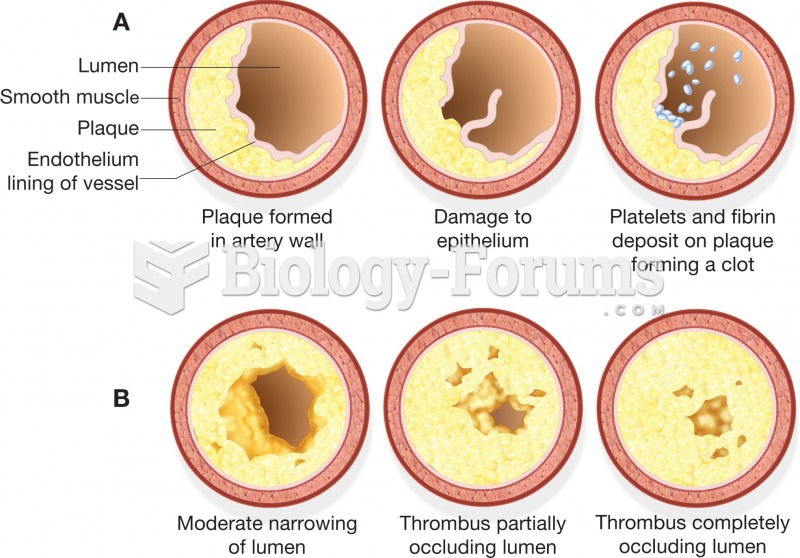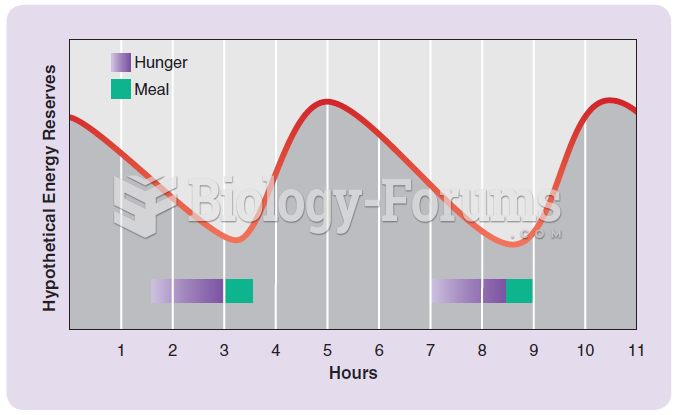This topic contains a solution. Click here to go to the answer
|
|
|
Did you know?
Only 12 hours after an egg cell is fertilized by a sperm cell, the egg cell starts to divide. As it continues to divide, it moves along the fallopian tube toward the uterus at about 1 inch per day.
Did you know?
Anti-aging claims should not ever be believed. There is no supplement, medication, or any other substance that has been proven to slow or stop the aging process.
Did you know?
Cucumber slices relieve headaches by tightening blood vessels, reducing blood flow to the area, and relieving pressure.
Did you know?
Approximately one in three babies in the United States is now delivered by cesarean section. The number of cesarean sections in the United States has risen 46% since 1996.
Did you know?
The first oncogene was discovered in 1970 and was termed SRC (pronounced "SARK").
 Development of an atherosclerotic plaque that progressively narrows the lumen of an artery to the po
Development of an atherosclerotic plaque that progressively narrows the lumen of an artery to the po
 Data from more than 22,000 men over the age of 40, showing the relationship between birth weight and ...
Data from more than 22,000 men over the age of 40, showing the relationship between birth weight and ...





